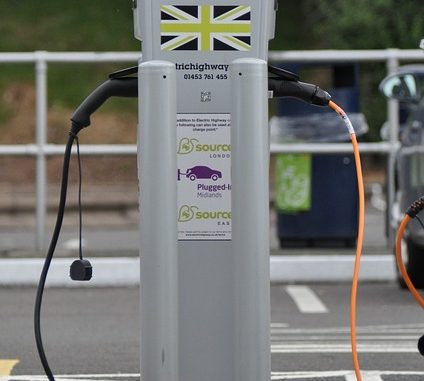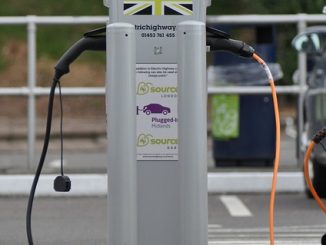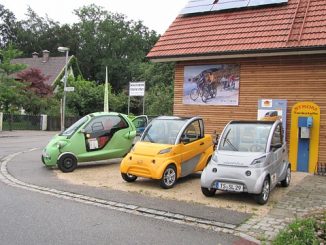
In recent decades, between electric vehicles and charging infrastructure, it is a little history of the chicken and the egg: the development of one being the key to the development of the other and vice versa.
Let’s take a closer look at the charging infrastructures, whose development reveals some traps. Clearly, to convince buyers of electric vehicles is often to reassure them of the capacity they will have to charge their vehicle, wherever they are: at home, at their place of work, where they make a usual stop, along the roads etc ….
Let’s look at how electric vehicle drivers behave in terms of charging their car:
In about 80% of cases, the driver recharges his vehicle at home. Most of the time, this is enough, because the average daily distance exceeds barely 30km in some European countries. In these cases, the electric car is adopted as a means of transport of proximity, essentially urban.
This configuration is met when the driver in question lives in a villa or has a private parking. He only needs to install a charging station that he can buy at a specialized supplier, at his car vendor or at his energy supplier. This investment, less than € 1000, is part of the initial investment made by the buyer of an electric vehicle.
Otherwise, if his vehicle spends the night in the street for example, he will need a charging solution on public roads.
Where are the remaining 20% ??of recharges?
First of all, at the workplace. More and more companies have charging stations installed in the staff parking lot. This equipment is both a service to the employees, a part of the environmental protection policy and a contribution to a local policy, often communal, aimed at changing habits in terms of mobility.
In many cases, these charges are free and allow, coupled with night-time charges at home, to cover longer commutes by electric car. In addition, they have, by their gratuity, a certain attraction: drivers optimize their recharges in order to benefit the most from this type of opportunity.
The shopping centres also quickly offered their customers the possibility of recharging their vehicle in the car park: this guaranteed the customer’s presence for 40 to 60 minutes in the centre and increased the probability that he would buy. A charging station is, in this situation, very quickly profitable by the additional margin generated in the shopping centre.
Five years ago, it could also be considered that a charging station was likely to attract new customers from a very small potential reservoir because few drivers had made the choice of the electric car at the time. Today, such terminals are more of a service to customers than a way to capture new customers. However, they guarantee a minimum amount of time spent on site and can become vectors of advertising and promotion to ensure some additional income.
These infrastructures are therefore quickly profitable and offer a new opportunity for drivers to charge their vehicles for free.
Finally, in the public space, in car parks and on the street, there are charging stations belonging to private operators or to energy suppliers. In their case, charging is paid and is for drivers who have not been able to enjoy a free recharge or a home recharge. In their case, the profitability of the charging infrastructure is very heavily dependent on traffic to the terminal, still limited, with rare exceptions in Norway and the Netherlands for example, by a low penetration of the electric vehicle.
All is done to maximize the rate of use of each terminal: choose a suitable location, belong to a network whose mobile application allows to locate the terminals of the network and attract to them members, simplify the payment, give access at the terminal to the same preferential rates as those applied at home.
Despite the efforts made, the profitability of these infrastructures is, to date, rarely guaranteed. It slows down their development and, consequently, the development of the electric vehicle. Models leading to free or home recharges under favourable pricing conditions penalize and slow down the success of those aimed at developing a widely deployed and visible infrastructure.
The ambitions of many cities to develop electric mobility in the next few years will assume that this puzzle is partly solved.




RENAULT can use 380 V AC current but other needs only CC delivered by a costly charging station.
If fossile fuel is used to make electricity, electric car is absurd, a no-sense.
You should charge your car, only when wind power windmill or when nuclear power plant burn MOX continously.
Vous oubliez le manque de standard: les RENAULT en 380 V tri ou CC et les autres en CC seulement donc une borne avec transfo et redresseur.
Si l’electricité est produite avec des combustibles fossiles, la voiture electrique est une aberration. Elle ne doivent charger que si le vent souffle dans les éoliennes ou quand les centrales nucléaire MOXEE produisent en continu.
Read some additional thoughts consistent with your comment http://www.smartcitiesbymachnteam.com/en/2016/01/25/are-electric-vehicles-so-clean/